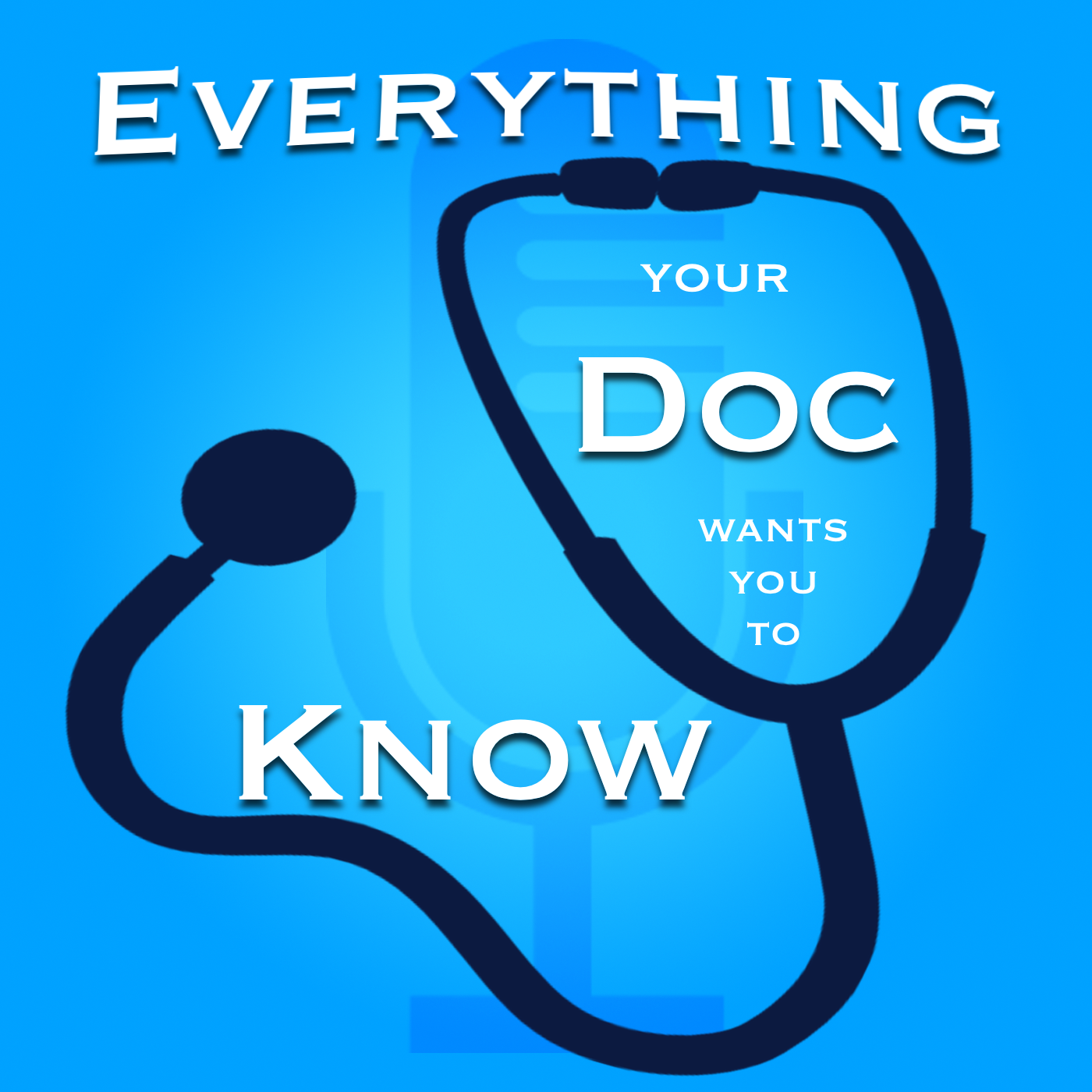Episode 25 - A Pain In The Back
Description
A Pain in the Back
80% of the population will present to primary care with low back pain. Most of the time low back pain isn’t a signal of a worrisome underlying condition/ dangerous, though it can affect quality of life and become chronic.
Definitions:
Acute back pain: new back pain that has been present less than 4 weeks
Subacute back pain: back pain present for more than 4 and less than 12 weeks
Chronic back pain: back pain present for more than 12 weeks
Most of the time it will improve.
Symptoms:
Pain across the low back, may shoot down the leg or to other locations
Muscle spasm with stiffness
Difficulty urinating or moving bowels*
Weakness, foot drop*
Numbness, tingling
Tenderness over the spine
*More concerning symptoms
Causes:
Nonspecific - a definitive diagnosis is not obtained or needed
Injury/twisting/pulling
Osteoarthritis / degenerative disc disease
“Slipped disc” or disc herniation
Compression fractures
Radiculopathy (inflammation of the nerves)
Spinal stenosis (narrowing around the spinal cord)
Ankylosing spondylitis (auto-immune condition)
Scoliosis
Depression can increase pain sensations
Foot issues - flat feet, poor arch support can contribute
Kidney stones
Shingles
Intra-abdominal conditions (pancreatitis, gall bladder disease)
Less common, more worrisome causes: cauda equina syndrome, spinal infection, malignancy
Evaluation:
Office visit for history and exam, usually no X-rays or other imaging at the first appointment unless trauma occurred. Clinician can rule out worrisome symptoms
Management:
Physical therapy
Heat, ice
Acetaminophen, NSAIDs (ibuprofen, naproxen, etc) if approved by your clinician, muscle relaxants
Stretching, massage, rest
Exercise, strengthening supporting muscles - needs to be ongoing
Weight loss when indicated
Injections from pain clinic or spine clinic
Topical products (Biofreeze), lidocaine patches
Narcotic pain medications are not usually indicated. If they are, it would be for 3 days or less. Narcotics have no role in management of chronic pain.
Medications to help with nerve pain: duloxetine, gabapentin, pregabalin
Health pearl: book recommendation - Mayo Clinic Guide to Stress Free Living by Amit Sood.
Follow us on Facebook and Twitter:
www.facebook.com/everythingdoc
www.twitter.com/everythingdoc1
More Episodes
Physicians Lindsey and Kirsten are back with a new topic. They discuss the concept of life space, the area in which one conducts life activities. Studies have demonstrated that larger life space positively affects health. Lindsey and Kirsten discuss the benefits of a larger life space and explore...
Published 01/10/22
Published 01/10/22
In this episode we discuss shoulder pathology including impingement, adhesive capsulitis, arthritis of the shoulder, and rotator cuff injuries with physical therapist Lindsey Sandbeck. We review what to expect from a PT evaluation, as well as non-operative and post-operative physical therapy....
Published 06/16/21


